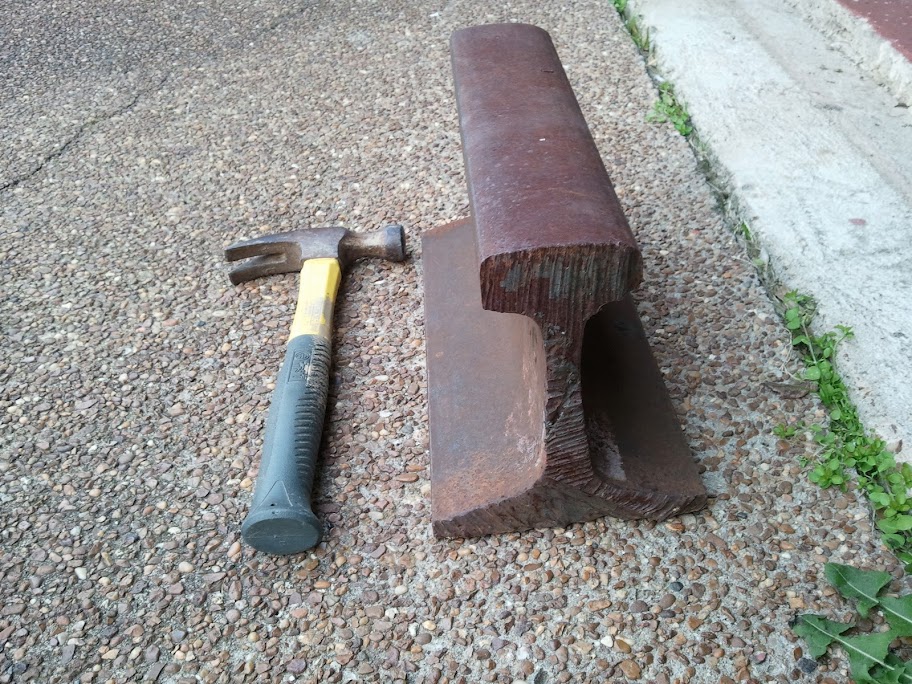BRad704
Well-Known Member
It may not be much yet, but its a start... My aunt has a friend that works for the local railroad. She got him to cut this 13.5" piece for me, and she got an 8" piece for herself to use in jewelry making.
The hammer is just for size comparison overall... Next is to make a base for it, and then get a couple of firebricks and build my small knife forge...

The hammer is just for size comparison overall... Next is to make a base for it, and then get a couple of firebricks and build my small knife forge...


